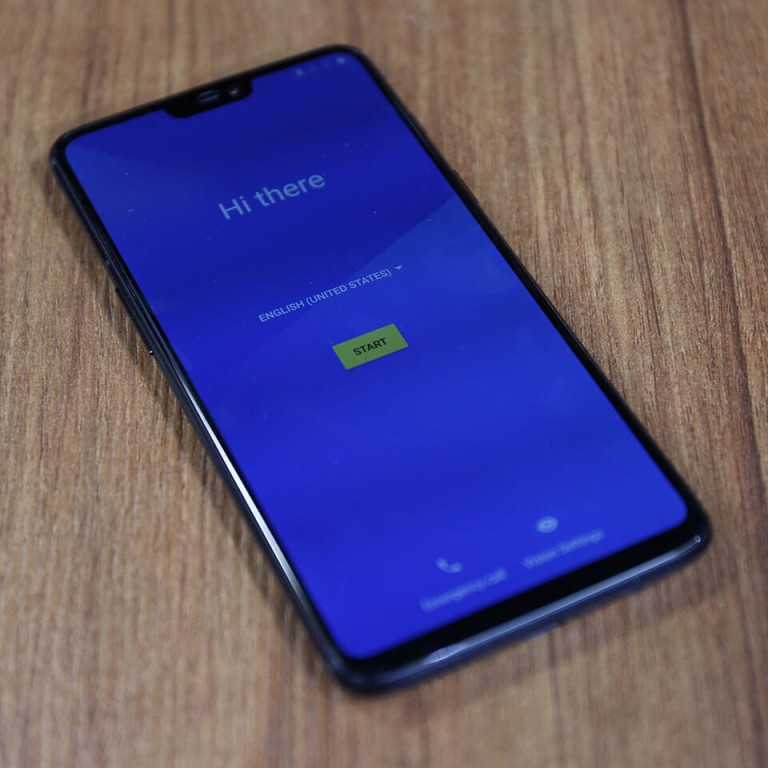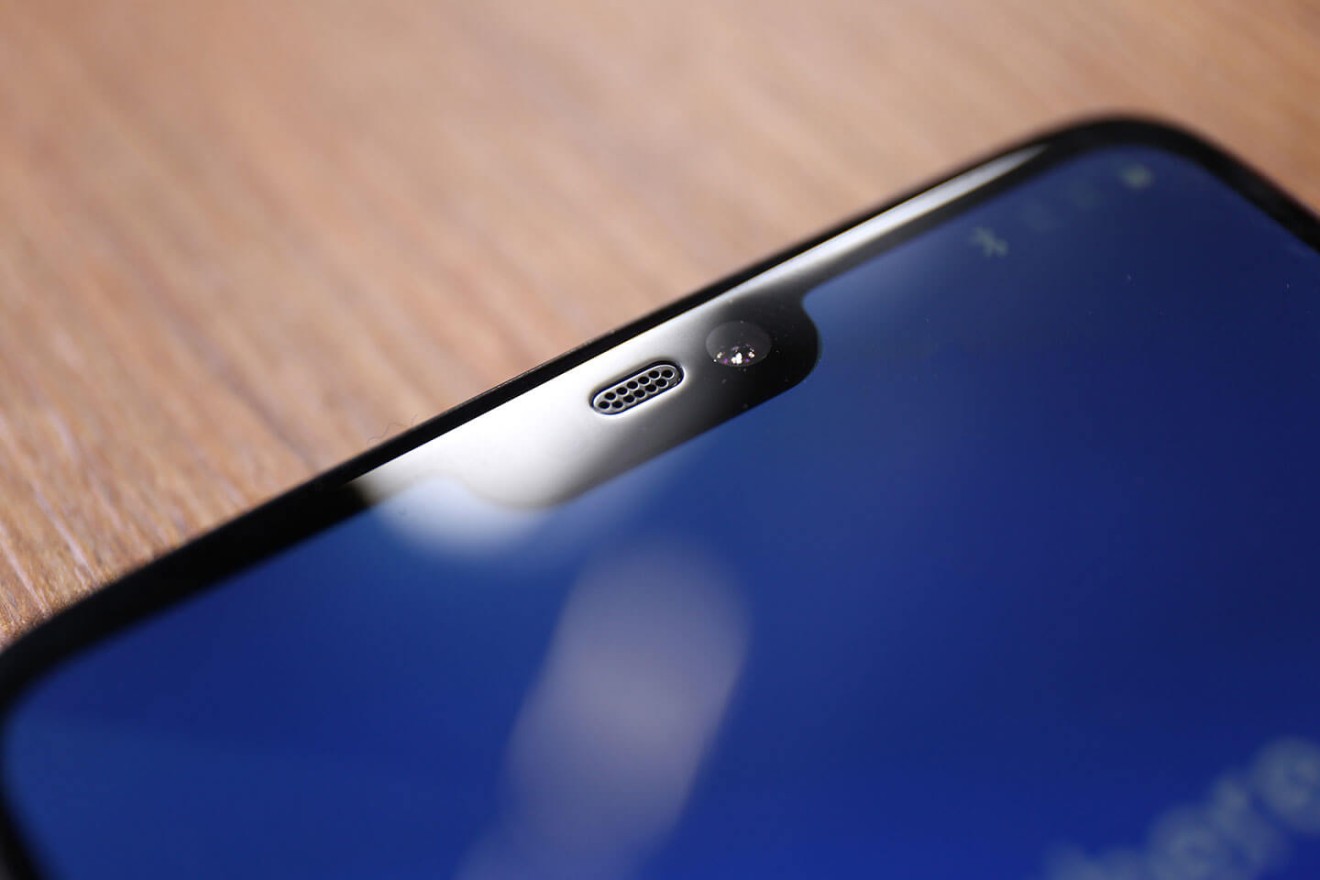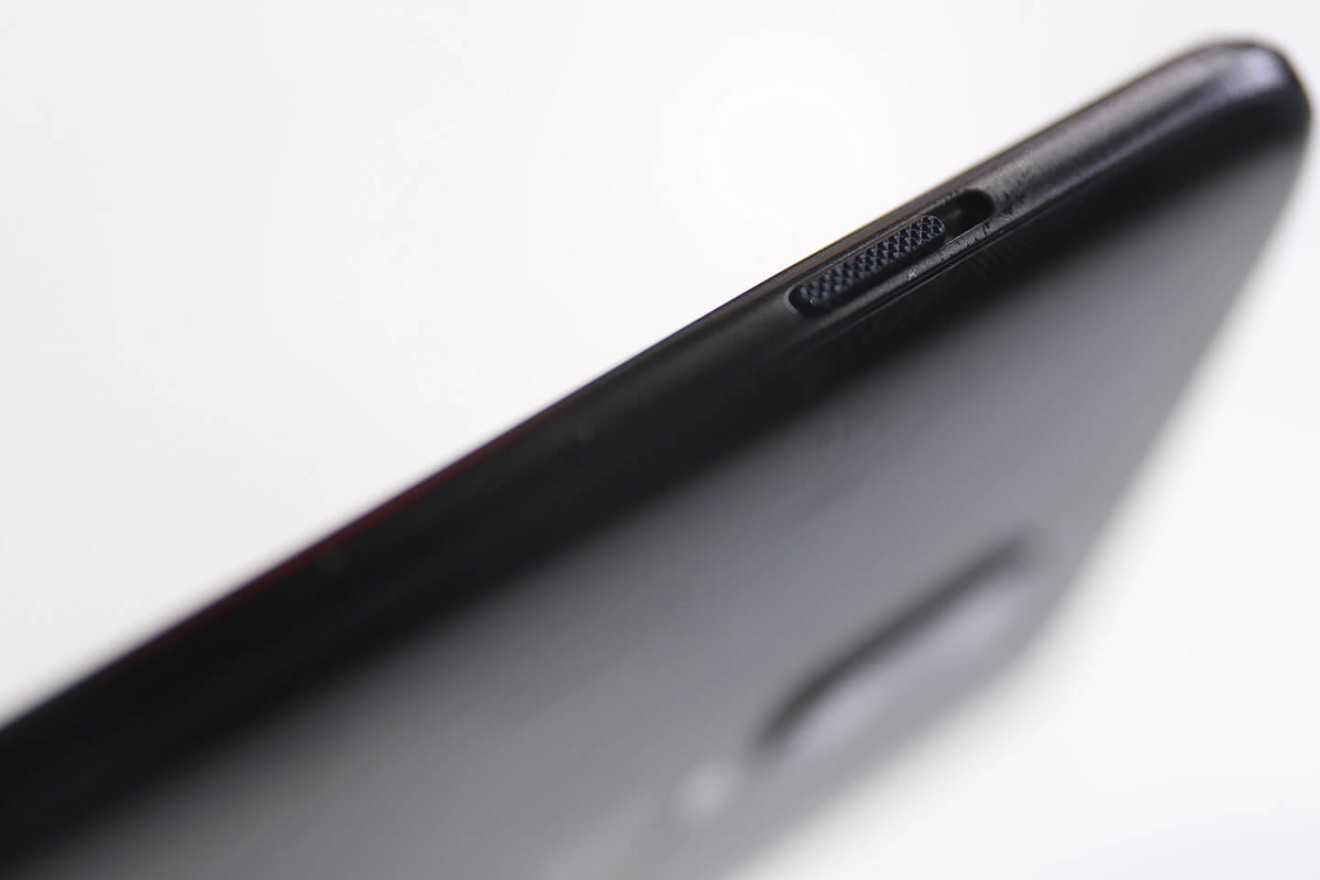
OnePlus 6 review: Dollar-for-dollar, the best value in smartphones
OnePlus 6 makes far fewer compromises to hit a low price tag
Ever since it burst onto the Android scene in 2014 with a phone that offered similar specs to top Samsung phones for less than half the price, Shenzhen-based OnePlus has proudly flaunted its company motto: “Never Settle.”
Those two words can be found sprinkled all over OnePlus handsets, from promotional material to the device's default wallpaper. But truth be told, that slogan has always been marketing hyperbole.
The reality is that OnePlus, in order to achieve its ultra-competitive pricing strategy, do compromise certain aspects of their smartphones.
FEWER COMPROMISES
With the OnePlus 6, the story has changed a bit, but the core message is the same. There are fewer compromises — the OnePlus 6 is as well-built and designed as any Android phone, with a drastically improved camera — but it’s still missing some key features, most notably wireless charging and water-proofing.
Let’s talk about the biggest improvement first. As mentioned earlier, previous OnePlus cameras were good, but not great; the difference in quality was especially noticeable in low light shots. The OnePlus 6 addresses this by improving its main 16-megapixel shooter with a larger pixel sensor (1.22-micron compared to the 5T’s 1.12) and optical image stabilization. The former results in more detailed, brighter images, while the latter produces noticeably smoother videos.

For the first time ever with a OnePlus handset, I snapped photos at a park at night, or inside a dimly lit bar, and never thought “I should have brought my Samsung or iPhone with me.” If I really wanted to pixel-peep and blow up the images on a monitor, I can still pick apart areas where the 6’s cameras fall short compared to the best mobile shooters right now, but on mobile screens or on Instagram? The difference is negligible.
The OnePlus 6 can even shoot 4K videos at 60fps, which plenty of big phones like the Google Pixel 2 or Huawei P20 Pro can’t do right now. Footage produced is razor sharp and crisp, though stabilization takes a hit.
Finally getting the camera right is huge, because just about everywhere else, this phone is king. With a clean version of Android and 8GB of RAM, the OnePlus 6 is noticeably faster than both the Samsung Galaxy S9 and iPhone X in normal phone usage. Samsung and Apple’s phones are by no means slow, but the OnePlus 6 is just a bit zippier when jumping between apps and doing mundane things like scrolling through settings.
FAMILIAR LOOKS
The 6.3-inch OLED panel is also great to look at, though it doesn’t get as bright as the iPhone X, Samsung Galaxy S9 or LG G7. This wasn’t an issue when I began testing the phone in always-gloomy Shenzhen, but when I got to California and I had a hard time seeing the phone at noon.
Yes, there is a notch at the top of the screen. I don’t mind it at all — it means the 6 has slightly more screen real estate than the 5T despite being virtually the same physical size.
There’s not much else to report about the the phone’s shape and size — it’s got a metallic back like half the phones out there (the other half have glass), and the fingerprint sensor is fast and accurate. The only unique hardware feature on the 6 is the alert slider button that OnePlus has offered for years, which allows users to switch between normal, silent or vibrate.
The main reason OnePlus’ Android skin, OxygenOS, is beloved is because it (mostly) keeps the look of stock Android, instead of making heavy cosmetic changes like Xiaomi or Huawei. Another big factor is that it arguably offers more customisation options than any other phone.

I really like the ability to launch apps directly from a locked phone by drawing a letter on the screen. I also love the ability to change the colour scheme and font type of the entire phone. There’s also the option to assign shortcut actions to each of the three traditional Android buttons when long-pressed or double-tapped, but I no longer use this feature as I have opted for OnePlus’ intuitive swiping navigation gestures.
While the OnePlus 6 lacks an “always on” display like Samsung or LG’s flagships, it does offer an “ambient display” that’s almost as useful, providing basic but crucial information such as time, battery percentage and unread notifications in monochrome format anytime I pick up the phone. This power-efficient, unintrusive way of quick-glancing information may sound insignificant to those who’ve never tried it. But for me, going back to the iPhone, and needing to power on the display fully just to check the time, feels annoying.
DIMINISHING RETURNS
As its company’s name suggests, the decision to purchase the OnePlus 6 (or any of its previous phones) comes down to basic maths.
Compared to the Samsung Galaxy S9 or iPhone X, this phone can’t charge wirelessly, can’t survive as long underwater, and the cameras and display are a tad inferior.
But the OnePlus 6 has a faster, more customisable software experience and better battery life. In my opinion, this makes the OnePlus 6 something like 90% as good as those phones... at a price point about 40% cheaper.
Whether or not this math checks out for you depends on your personal preferences. The OnePlus 6 isn’t the best phone on the market, but it’s almost certainly the best value for money — again.
For more insights into China tech, sign up for our tech newsletters, subscribe to our Inside China Tech podcast, and download the comprehensive 2019 China Internet Report. Also roam China Tech City, an award-winning interactive digital map at our sister site Abacus.

